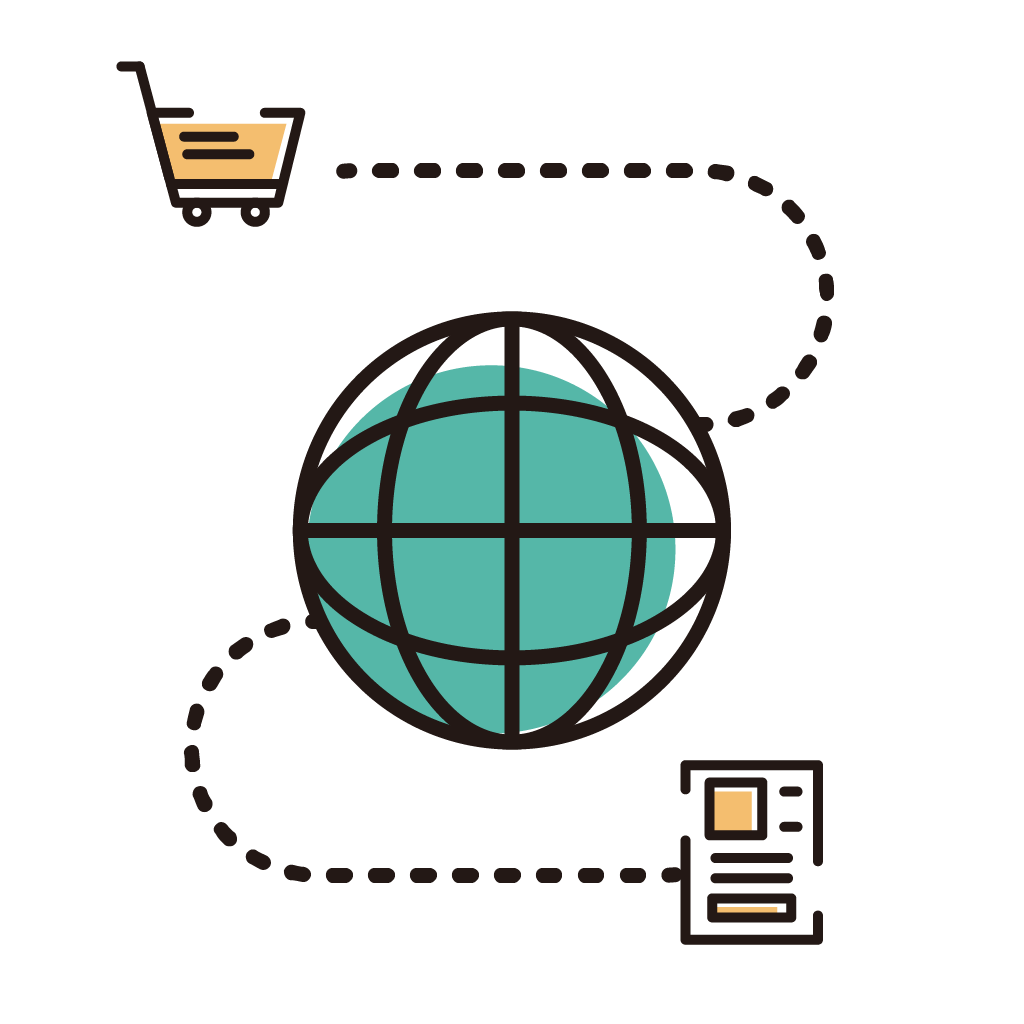Introduction: The Crucial Role of International Logistics and Transportation
International logistics and transportation play a pivotal role in today's connected world. The efficient movement of goods across borders and continents is essential for global trade and economic growth. With the increased globalization and expansion of markets, the need for streamlined logistics and effective transportation systems has become more critical than ever. In this article, we will explore the various aspects of international logistics and transportation and its profound impact on business and the global economy.
1. Modes of Transportation in International Logistics
The international logistics network relies on different modes of transportation to ensure the seamless movement of goods. These modes include:
Maritime Transport: The backbone of global trade, maritime transport handles the majority of international cargo. It involves the use of container ships, bulk carriers, and tankers to transport goods across continents.
Airfreight: Known for its speed and efficiency, airfreight is preferred for time-sensitive shipments. It offers connectivity to even the most remote corners of the world, enabling quick delivery of perishable items and high-value goods.
Rail Transport: Railways are an integral part of international logistics, especially for overland transportation across vast continents. Rail networks provide a cost-effective and eco-friendly alternative for moving goods over long distances.
Road Transport: A vital link in the supply chain, road transport ensures the last-mile delivery of goods. It is flexible, accessible, and often the most convenient mode for domestic and shorter international shipments.
2. Infrastructure and Technology Advancements
A well-developed transportation infrastructure is crucial for efficient international logistics. Advancements in technology have significantly contributed to the improvement of logistics systems. Here are some key infrastructure and technology advancements:
Port Infrastructure: Modern ports equipped with advanced facilities enable faster and more efficient cargo handling. Automated systems, larger cranes, and improved storage capacity enhance the overall productivity of international trade.
Satellite Tracking Systems: GPS-based tracking systems provide real-time visibility of shipments, allowing logistics operators to monitor and optimize routes. This technology minimizes delays and enhances security.
Warehouse Automation: Automated warehouses equipped with robotics and Artificial Intelligence (AI) streamline order fulfillment processes. Such advancements improve inventory management, reduce errors, and ensure faster order processing.
Digital Platforms: Online logistics platforms enable seamless collaboration and communication between various stakeholders. These platforms offer end-to-end visibility, simplifying freight management and documentation processes.
3. Supply Chain Optimization and Risk Management
Efficient international logistics involve careful supply chain optimization and risk management to ensure uninterrupted flow of goods. Key considerations in this area include:
Inventory Management: Effective inventory management minimizes stockouts and excess stock, reducing costs and improving customer satisfaction. Inventory optimization techniques and demand forecasting help achieve the right inventory levels.
Cross-Docking: Cross-docking eliminates the need for excessive storage by transferring goods directly from inbound to outbound transportation. This technique reduces handling costs and improves order fulfillment speed.
Contingency Planning: The global logistics network is prone to various risks such as natural disasters, political instability, and supply chain disruptions. Robust contingency plans are necessary to mitigate these risks and ensure business continuity.
Supply Chain Visibility: Real-time visibility into the supply chain allows for proactive decision-making. Supply chain visibility tools enable logistics operators to track shipments, manage delays, and communicate efficiently with all stakeholders.
4. Environmental Impact and Sustainable Practices
The transportation sector has a significant environmental impact, accounting for a considerable share of global greenhouse gas emissions. Sustainable practices and innovations are crucial to minimize this impact. Some environmentally-friendly initiatives in international logistics include:
Green Fuels and Technologies: The adoption of alternative fuels, such as biofuels and electricity, reduces carbon emissions. Advancements in electric vehicles, hybrid engines, and emissions control technologies contribute to cleaner transportation.
Intermodal Transportation: Combining different modes of transportation, such as rail and maritime or rail and road, reduces fuel consumption and emissions. Intermodal transport optimizes routes and minimizes environmental impact.
Last-Mile Delivery Optimization: Last-mile delivery is a significant contributor to carbon emissions. Implementing delivery route optimization, using electric and low-emission vehicles, and promoting sustainable packaging practices help minimize the environmental footprint.
Reverse Logistics: Efficient management of product returns and recycling processes reduces waste and contributes to a circular economy. Reverse logistics practices help reduce the overall environmental impact of logistics operations.
5. Emerging Trends and Future Outlook
The field of international logistics and transportation continues to evolve rapidly. Several emerging trends are shaping the future of the industry:
Blockchain Technology: Blockchain offers enhanced transparency, security, and traceability in supply chain operations. It enables secure digital transactions and smart contracts, revolutionizing the documentation and payment processes.
Artificial Intelligence and Machine Learning: AI and machine learning algorithms provide valuable insights for logistics optimization. Predictive analytics and intelligent routing systems enhance efficiency and enable better decision-making.
Drones and Autonomous Vehicles: Unmanned aerial vehicles (UAVs) and autonomous vehicles have the potential to revolutionize last-mile delivery and reduce costs. Rapid advancements in drone technology and the testing of self-driving trucks are signs of an impending transformation.
On-Demand Logistics: The rise of e-commerce and consumer demands for faster deliveries have led to the emergence of on-demand logistics models. Instant delivery services and crowd-shipping platforms are gaining popularity.
Conclusion
International logistics and transportation are the backbone of global trade and economic development. The diverse modes of transportation, coupled with infrastructure advancements and technological innovations, have transformed the way goods are moved internationally. As businesses strive for greater efficiency, sustainability, and customer satisfaction, the logistics industry will continue to embrace emerging trends and adapt to new challenges. By understanding the intricacies and significance of international logistics and transportation, businesses can thrive in an increasingly connected world.























